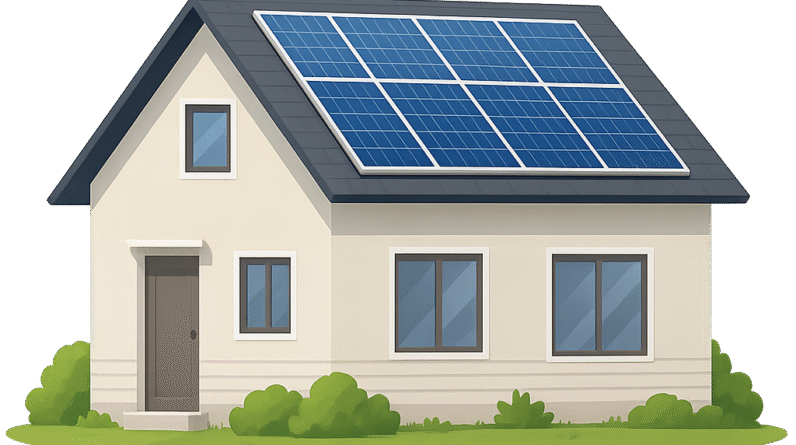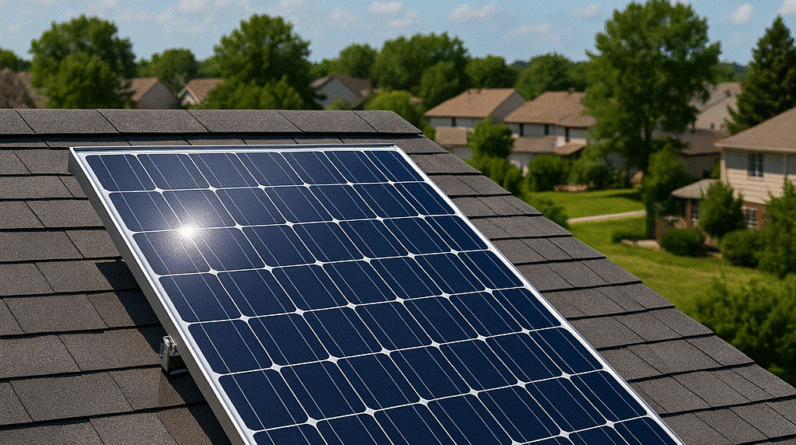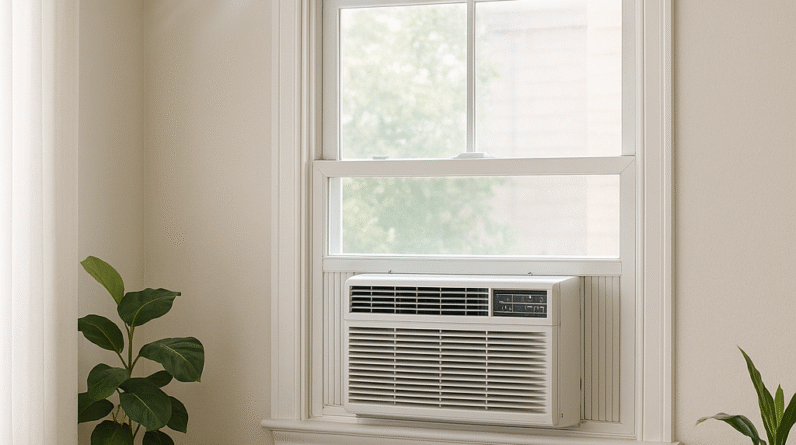
How Many Batteries Do You Need To Power A House?
How Many Batteries Do You Need To Power A House? Imagine never having to worry about a power outage ever again. No more stumbling around in the dark, no more spoiled food in the fridge, and no more interruptions to your daily routine. Sounds ideal, doesn’t it? But have you ever wondered just how many batteries it would take to power your entire house? Well, wonder no more. In this article, we’ll explore the fascinating world of battery power and uncover the answer to the age-old question: how many batteries do you really need to power a house? Get ready for a shockingly enlightening journey!
Calculating Power Consumption
To determine how many batteries you need to power your house, it is essential to understand power consumption. Power consumption refers to the amount of energy consumed by electrical appliances and devices in your house. This is measured in watts (W). By understanding your wattage requirements, you can estimate the number of batteries needed.
Understanding Wattage
Wattage represents the rate at which electrical energy is consumed by a device. It is the product of voltage (V) and current (A) in the circuit. To calculate wattage, multiply the voltage by the current (W = V x A). For example, if you have a device with a voltage of 120V and a current of 2A, the wattage would be 240W.
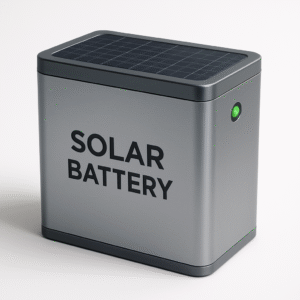
Determine Average Daily Energy Consumption
To determine the number of batteries needed, you must calculate your average daily energy consumption. Start by making a list of all the electrical appliances and devices in your house. Note down their wattage ratings and estimate the number of hours they are used daily. Multiply the wattage by the number of hours of usage to calculate the watt-hours (Wh) consumed by each device. Sum up the watt-hours of all your devices to get your total daily energy consumption.
There are various types of batteries available for residential power consumption. Let’s explore some common options:
Lead-acid Batteries
Lead-acid batteries are one of the oldest and most widely used battery technologies. They are reliable, affordable, and have a good capacity. However, they require regular maintenance and may have a lower depth of discharge (DoD), which affects their usable capacity.
Lithium-ion Batteries
Lithium-ion batteries are becoming increasingly popular due to their high energy density and longer lifespan. They provide more usable capacity compared to lead-acid batteries since they can be discharged more deeply. While they may have a higher upfront cost, their efficiency and longevity make them a cost-effective choice in the long run.
Flow Batteries
Flow batteries are a newer technology that offers advantages such as scalability and longer lifespan. They use two separate electrolyte solutions stored in external tanks and flow through the battery’s cell stack. This design allows for easy capacity expansion, making them ideal for large-scale residential applications.
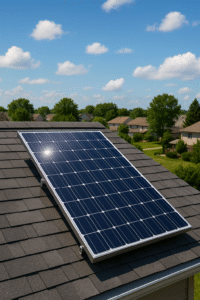
Battery Capacity
Battery capacity refers to the amount of energy a battery can store and deliver. It is typically measured in ampere-hours (Ah). Understanding the concept of ampere-hours is crucial when calculating the battery capacity required for powering your house.
Understanding Ampere-Hours (Ah)
Ampere-hours (Ah) is a measure of the total charge a battery can deliver in one hour. For example, if a battery has a capacity of 100Ah, it can theoretically deliver 100 amps of current continuously for one hour, or 10 amps for 10 hours. Higher Ah ratings indicate a larger capacity and longer runtime.
Calculating Battery Capacity Required
To calculate the battery capacity required for your house, you need to estimate the total daily watt-hours (Wh) calculated earlier and divide it by the average voltage of your battery system. This will give you the ampere-hour (Ah) capacity needed. It is essential to factor in the efficiency and depth of discharge (DoD) of the battery technology you choose to ensure reliable power supply.
Battery efficiency refers to how effectively a battery can convert and store electrical energy. To optimize your battery system, it is crucial to understand the concept of depth of discharge (DoD) and compare the efficiency ratings of different battery technologies.
Understanding Depth of Discharge (DoD)
Depth of discharge (DoD) refers to the percentage of a battery’s total capacity that has been utilized. For example, if you discharge a battery with a capacity of 100Ah by 50Ah, the depth of discharge would be 50%. Different battery technologies have different recommended DoD limits. It is important to operate your batteries within the recommended DoD range to maximize their lifespan.
Efficiency Ratings of Different Battery Technologies
Battery technologies vary in their efficiency ratings. Some batteries may lose energy through heat or chemical reactions, resulting in lower overall efficiency. Lithium-ion batteries are known for their higher efficiency compared to lead-acid batteries. Flow batteries, due to their design, can offer high efficiency and negligible self-discharge, making them an attractive option for long-term storage solutions.
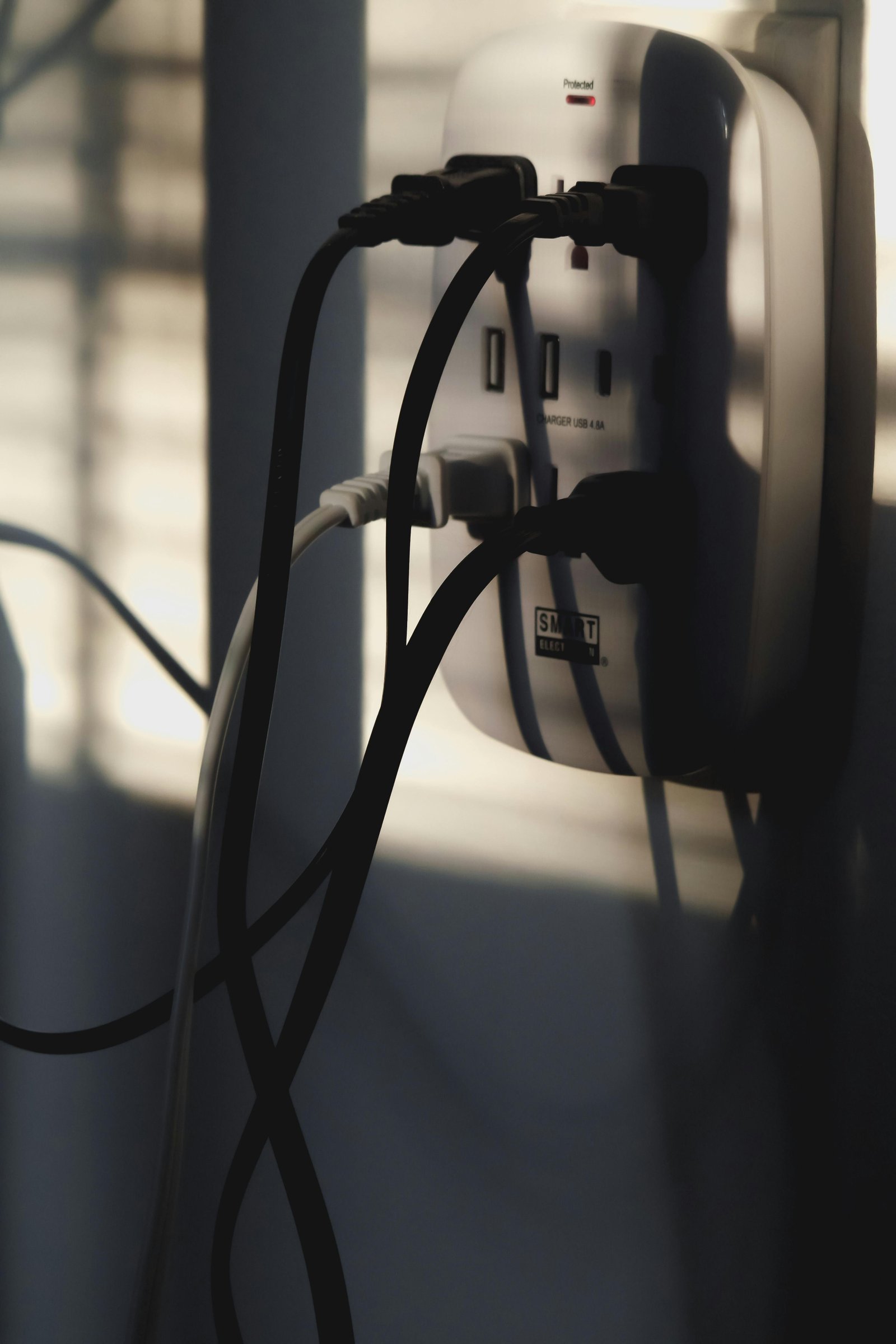
This image is property of images.pexels.com.
Solar Power Integration
Integrating solar power into your battery system can significantly reduce your reliance on the grid and lower your electricity bills. Solar panels generate electricity from the sun, which can then be used to charge your batteries.
Using Solar Panels to Charge Batteries
Solar panels capture sunlight and convert it into electrical energy using photovoltaic cells. This energy can be directed to charge your batteries, providing a renewable and sustainable source of power.
Determining Solar Panel Capacity
To determine the solar panel capacity required to charge your batteries, consider your average daily energy consumption. It is recommended to install solar panels with a capacity that exceeds your energy consumption to ensure sufficient charging. Additionally, factors such as geographical location and weather patterns should be considered to optimize solar panel performance.
Backup Power Duration
If you are looking to have a backup power supply in case of unforeseen outages or emergencies, it is important to assess the desired backup time and calculate the battery capacity accordingly.
Consider how long you would like your backup power supply to last in the event of a power outage. For example, if you want your backup power to last for 24 hours, you need to ensure that your battery capacity can meet the energy requirements for that duration.
Calculating Battery Capacity for Backup
To calculate the battery capacity needed for backup power, multiply your average daily energy consumption by the desired backup time (in hours). This will give you the total energy capacity required for uninterrupted power supply during the backup period.
Budget Considerations
When planning your battery system, it is essential to consider the cost of batteries and perform a long-term cost analysis to make an informed decision.
Cost of Batteries
The cost of batteries can vary significantly depending on factors such as battery type, capacity, and brand. While lithium-ion batteries may have a higher upfront cost, their longer lifespan and higher efficiency can result in cost savings over time compared to lead-acid batteries.
Long-term Cost Analysis
When analyzing the long-term cost implications of your battery system, consider factors such as maintenance requirements, replacement costs, and potential energy savings. Calculate the total cost of ownership over the expected lifespan of the batteries to determine the most cost-effective solution for your needs.
Ensuring the safety and proper maintenance of your battery system is crucial for its optimal performance and longevity.
Battery Enclosure and Ventilation
Batteries should be installed in a suitable enclosure to protect them from environmental factors and prevent any accidental damage. Proper ventilation is also essential to dissipate any heat generated during charging and discharging processes.
Proper Battery Handling and Maintenance
Follow the manufacturer’s guidelines for proper battery handling and maintenance. This may include regular inspection, cleaning, and maintenance of battery terminals and connections. Additionally, understanding the specific maintenance requirements of the battery technology you choose will help ensure its longevity and safe operation.
Professional Assistance
Considering the complexities involved in designing and implementing a battery system, consulting an energy professional can provide valuable insights and guidance.
Consulting an Energy Professional
An energy professional can assess your specific energy needs, analyze your power consumption patterns, and recommend the ideal battery system based on your requirements and budget. They can help you navigate through various options, provide insights on the latest battery technologies, and ensure a well-designed and efficient system.
Determining Ideal Battery System
With the help of an energy professional, you can determine the ideal battery system for your house. They will consider factors such as power consumption, backup requirements, budget constraints, and environmental considerations to recommend the best-suited battery technology and capacity for your needs.
Environmental Impact
As we strive to be more environmentally conscious, considering the environmental impact of batteries and exploring eco-friendly alternatives is important.
Recycling and Disposal of Batteries
Proper disposal and recycling of batteries are crucial to prevent environmental pollution. Many batteries, especially lead-acid batteries, can contain hazardous materials and should be disposed of through proper recycling channels. Lithium-ion batteries also require specific recycling procedures to ensure the recovery of valuable materials and minimize environmental impact.
Eco-friendly Battery Alternatives

In recent years, researchers have been exploring and developing eco-friendly battery alternatives. These include batteries made from sustainable materials, such as sodium-ion batteries or organic-based batteries. While these technologies are still in the early stages of development, they hold promise for a cleaner and more sustainable future.
Calculating the number of batteries needed to power your house involves understanding power consumption, battery types, capacity requirements, efficiency, solar power integration, backup power duration, budget considerations, safety, and maintenance, seeking professional assistance, and considering the environmental impact. By following these guidelines and considering your specific needs, you can determine the ideal battery system that will provide reliable and sustainable power for your house.


